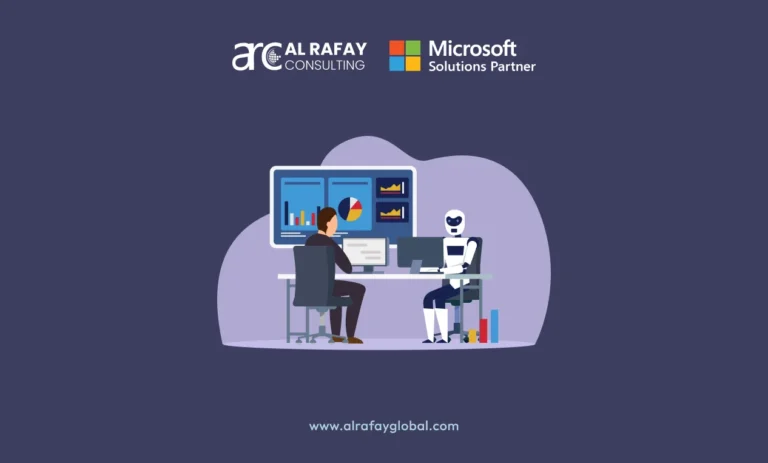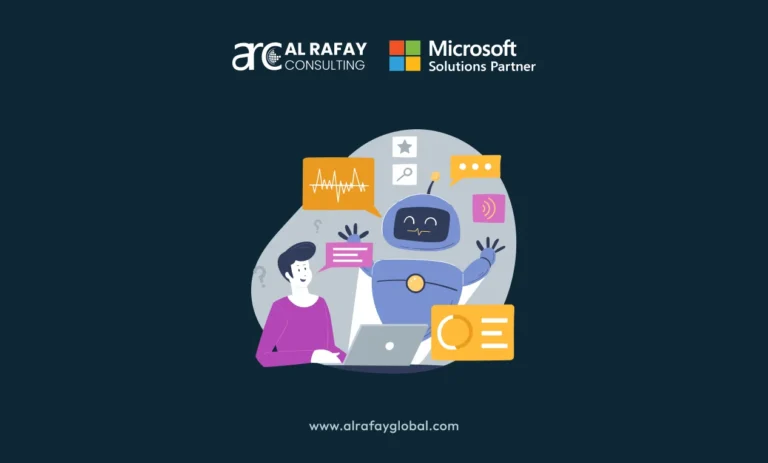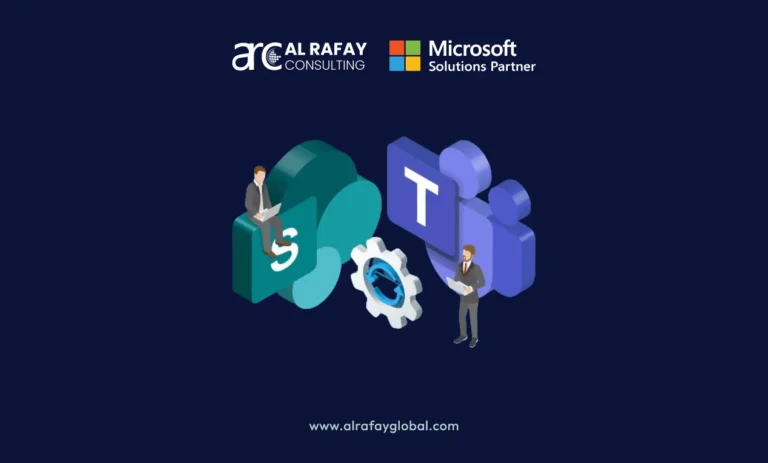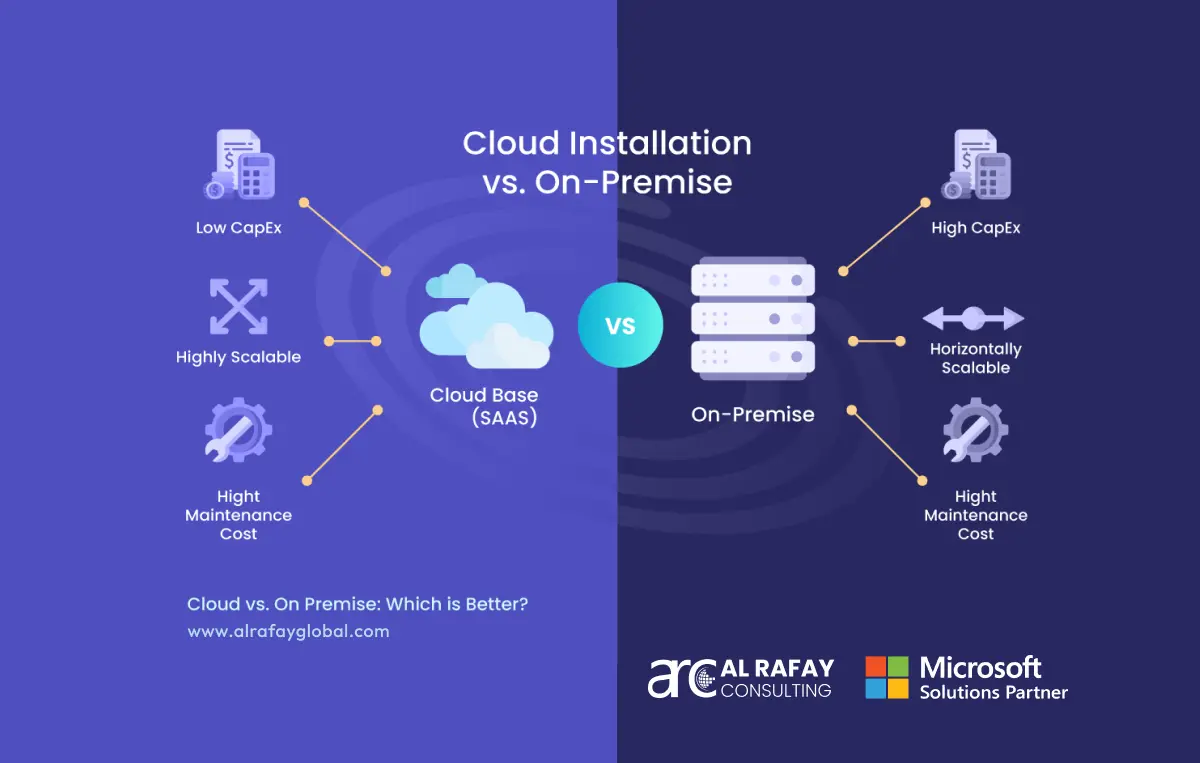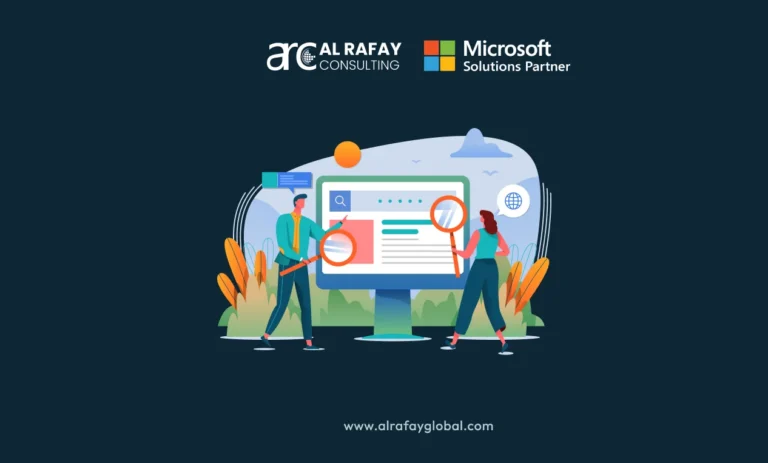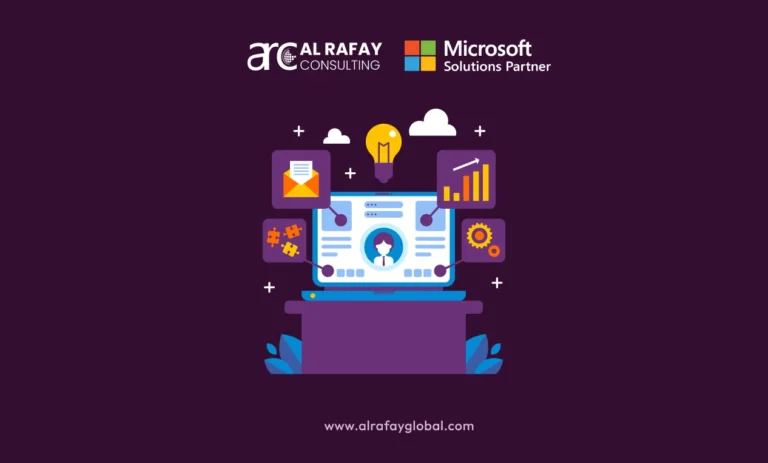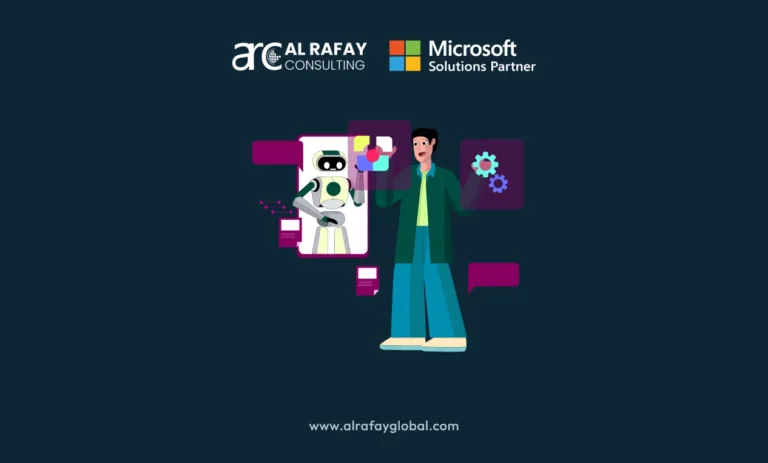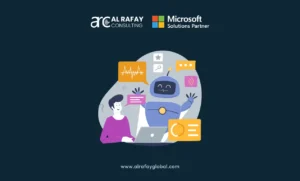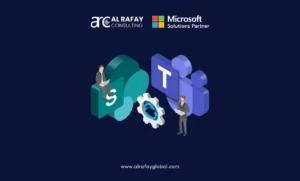Introduction
In the ever-evolving landscape of enterprise software, choosing the right deployment model is crucial for organizations striving to maintain competitive advantage, ensure robust security, and achieve cost efficiency. This blog provides a comprehensive analysis of two predominant models: on-premise and Enterprise SaaS (Software as a Service). Our goal is to guide technical professionals and tech company owners in making informed decisions that align with their business objectives and technical requirements.
Brief Overview of Enterprise Software Deployment Models
Enterprise software deployment models have traditionally been divided into two main categories: on-premise and SaaS. On-premise solutions require software to be installed and run on the company’s own servers and infrastructure, while SaaS solutions are hosted in the cloud and accessed via the Internet.
Importance of Choosing the Right Deployment Model for Enterprises
The choice between on-premise and SaaS solutions impacts an enterprise’s operational efficiency, security posture, scalability, and overall cost structure. A misaligned deployment model can lead to increased costs, security vulnerabilities, and operational inefficiencies.
Understanding On-Premise Solutions
Definition and Characteristics of On-Premise Software
On-premise software is installed and operated from a company’s in-house servers and computing infrastructure. The enterprise retains complete control over the software, data, and related processes.
Historical Context and Evolution of On-Premise Solutions
Historically, on-premise solutions were the norm, with enterprises investing heavily in IT infrastructure to support business applications. Over time, advancements in technology and the rise of cloud computing have introduced alternative deployment models, but on-premise solutions remain relevant, especially in industries with stringent security and compliance requirements.
Advantages of On-Premise Solutions for Enterprises
Security and Control
One of the primary advantages of on-premise solutions is the high level of control over data security. Enterprises can implement robust internal security measures tailored to their specific needs and compliance requirements.
Customization and Flexibility
On-premise solutions offer extensive customization capabilities, allowing businesses to tailor software functionalities to their unique operational requirements. This flexibility is crucial for enterprises with specialized processes and workflows.
Compliance and Regulatory Considerations
For industries governed by strict regulatory frameworks (e.g., finance, healthcare), on-premise solutions provide the necessary control to ensure compliance with local and international laws.
Exploring SaaS (Software as a Service)
Definition and Key Features of SaaS Solutions
SaaS solutions are cloud-based services accessed via the Internet. They are hosted by a service provider who manages the underlying infrastructure, security, and maintenance. Users subscribe to the service, typically on a monthly or annual basis.
Growth and Adoption Trends of SaaS in Enterprise Environments
The adoption of SaaS has surged in recent years, driven by the need for scalable, cost-effective, and easily deployable solutions. According to Gartner, the global SaaS market is projected to reach $171.9 billion in 2022, reflecting the growing preference for cloud-based solutions.
Benefits of SaaS for Enterprises
Scalability and Cost-Effectiveness
SaaS solutions offer unparalleled scalability, allowing enterprises to adjust their usage based on demand without significant upfront investment. The subscription-based pricing model provides predictable costs and eliminates the need for substantial capital expenditure.
Accessibility and Ease of Deployment
SaaS solutions are accessible from anywhere with an internet connection, facilitating remote work and collaboration. The deployment process is typically faster and less complex than on-premise solutions, leading to quicker time-to-value.
Maintenance and Updates
The SaaS provider handles maintenance, updates, and security patches, reducing the burden on the enterprise’s IT staff and ensuring the software is always up-to-date with the latest features and security measures.
Cost Considerations: On-Premise vs. SaaS
Cost Components of On-Premise Solutions
Initial Setup Costs (Hardware, Software Licenses)
On-premise solutions require significant upfront investment in hardware, software licenses, and infrastructure setup. This includes purchasing servers, networking equipment, and other necessary hardware.
Ongoing Maintenance and Support Costs
Maintaining an on-premise solution involves continuous expenses for hardware maintenance, software updates, and IT staff to manage the infrastructure. Additionally, enterprises may need to invest in training for their IT personnel.
Upgrades and Scalability Costs
Scaling an on-premise solution often necessitates additional hardware purchases and potential downtime for system upgrades. These costs can be substantial and unpredictable.
Cost Structure of SaaS Solutions
Subscription-Based Pricing Models
SaaS solutions typically follow a subscription-based pricing model, which can be more predictable and manageable for budgeting purposes. This model often includes various tiers based on usage, features, and support levels.
Potential Savings and Cost Predictability
By eliminating the need for upfront hardware and reducing maintenance costs, SaaS solutions can offer significant cost savings. Additionally, the predictable subscription fees simplify financial planning and resource allocation.
Comparing Total Cost of Ownership (TCO) Over Time
While on-premise solutions may appear cost-effective initially, the total cost of ownership (TCO) over time often favors SaaS due to lower maintenance, upgrade, and support costs. An in-depth TCO analysis should consider both direct and indirect expenses over the software’s lifecycle.
Deployment and Implementation Challenges
Deployment Process for On-Premise Solutions
Infrastructure Requirements
Deploying on-premise solutions demands a robust IT infrastructure, including servers, storage, and networking components. Enterprises must also ensure adequate power supply and cooling systems.
Installation and Configuration Complexities
The installation and configuration of on-premise software can be complex, requiring specialized expertise and significant time. Customizing the software to fit the enterprise’s needs adds to the complexity.
Time-to-Deployment Considerations
On-premise deployments typically have longer timelines due to the need for hardware setup, software installation, and extensive testing. This extended time-to-deployment can delay the realization of business benefits.
Implementation of SaaS Solutions
Cloud Infrastructure Requirements
Implementing SaaS solutions primarily involves ensuring reliable internet connectivity and sufficient bandwidth. The cloud infrastructure is managed by the SaaS provider, simplifying the deployment process.
Configuration and Integration Challenges
While SaaS solutions are generally easier to deploy, integrating them with existing systems and data can pose challenges. Enterprises must plan for data migration, system compatibility, and potential customization needs.
Time-to-Value and Rapid Deployment Advantages
SaaS solutions offer rapid deployment and quicker time-to-value, allowing enterprises to start using the software and realizing benefits within days or weeks, rather than months.
Security and Data Privacy
Security Considerations for On-Premise Solutions
Data Control and Sovereignty
On-premise solutions provide full control over data, allowing enterprises to implement tailored security measures and ensure data sovereignty. This control is critical for organizations with stringent data protection requirements.
Internal Security Measures
Enterprises can deploy robust internal security protocols, including firewalls, intrusion detection systems, and access controls. Custom security policies can be designed to meet specific regulatory and operational needs.
Vulnerabilities and Patch Management
Managing security vulnerabilities and applying patches is the responsibility of the enterprise. This requires dedicated resources to monitor, identify, and address potential threats promptly.
Security in SaaS Solutions
Data Encryption and Access Controls
SaaS providers implement advanced security measures, including data encryption, multi-factor authentication, and access controls. These measures ensure that data is protected both in transit and at rest.
Compliance with Industry Standards (e.g., GDPR, HIPAA)
Leading SaaS providers comply with various industry standards and regulations, such as GDPR, HIPAA, and ISO 27001. This compliance ensures that the solutions meet the necessary security and privacy requirements for different industries.
Vendor Security Protocols and Certifications
SaaS vendors invest heavily in security infrastructure and obtain certifications to demonstrate their commitment to data protection. Enterprises should evaluate the vendor’s security protocols and certifications during the selection process.
Customization and Flexibility
Customization Capabilities of On-Premise Solutions
Tailoring Features to Specific Business Needs
On-premise solutions offer extensive customization options, allowing enterprises to modify software features to meet their unique business requirements. This flexibility is essential for organizations with specialized workflows.
Extensibility and Third-Party Integrations
On-premise software can be extended and integrated with third-party applications to enhance functionality. Enterprises have full control over the integration process, ensuring seamless interoperability.
Customization Options in SaaS Solutions
Configuration vs. Customization
SaaS solutions typically offer configuration options rather than deep customization. While this may limit flexibility, it ensures a standardized approach that simplifies maintenance and updates.
API Availability and Ecosystem Support
Many SaaS providers offer APIs and robust ecosystems that enable integration with other applications and services. This extensibility allows enterprises to enhance functionality while maintaining the core benefits of a SaaS model.
Balancing Standardization with Flexibility
Enterprises must balance the need for customization with the benefits of standardization offered by SaaS solutions. Evaluating the configurability and integration capabilities of the SaaS provider is crucial.
Performance and Scalability
Performance Benchmarks for On-Premise Solutions
Hardware Optimization and Resource Allocation
On-premise solutions benefit from hardware optimization, allowing enterprises to allocate resources efficiently based on their specific performance needs. This optimization can lead to superior performance for mission-critical applications.
Scaling Infrastructure Vertically and Horizontally
Scaling on-premise infrastructure involves either vertical scaling (adding more power to existing servers) or horizontal scaling (adding more servers). Both approaches require careful planning and investment.
Scalability Features of SaaS Solutions
Elastic Computing and Resource Allocation
SaaS solutions leverage elastic computing, automatically adjusting resources based on demand. This dynamic scalability ensures optimal performance during peak loads without manual intervention.
Handling Peak Loads and Global Scalability
SaaS solutions are designed to handle peak loads and offer global scalability. Cloud providers distribute resources across multiple data centers, ensuring consistent performance and availability.
Impact of Geographic Distribution on Performance
The geographic distribution of data centers by SaaS providers minimizes latency and enhances performance for users located in different regions. This global presence is particularly beneficial for multinational enterprises.
Maintenance and Updates
Maintenance Requirements for On-Premise Solutions
Patch Management and Software Updates
Maintaining on-premise solutions involves regular patch management and software updates. Enterprises must dedicate resources to monitor, test, and apply updates to ensure security and functionality.
Downtime and Impact on Operations
Scheduled maintenance and unplanned downtime can disrupt business operations. Enterprises need to plan maintenance windows carefully to minimize the impact on users and ensure business continuity.
Update Management in SaaS Solutions
Continuous Delivery and Automatic Updates
SaaS providers implement continuous delivery practices, automatically deploying updates and new features. This ensures that enterprises always have access to the latest functionalities without manual intervention.
Scheduled Maintenance Windows and Service Availability
SaaS providers schedule maintenance windows during off-peak hours to minimize disruption. High availability and redundancy measures are implemented to ensure consistent service uptime.
Minimizing Disruption to End-Users
Automatic updates and minimal downtime during maintenance ensure that SaaS solutions cause minimal disruption to end-users, allowing businesses to focus on core activities.
Case Studies: Real-World Examples
For keeping the company information confidential I will not name the companies discussed in these case studies, rather i will just look at their objectives and achievements.
Case Study 1: Successful Implementation of On-Premise ERP System in a Large Enterprise
Challenges Faced and Solutions Adopted
A large manufacturing enterprise implemented an on-premise ERP system to streamline operations and improve supply chain visibility. Challenges included complex customization requirements and significant upfront investment.
Long-Term Benefits and ROI Analysis
Despite the initial challenges, the enterprise achieved enhanced operational efficiency, improved data accuracy, and significant long-term cost savings. A detailed ROI analysis revealed substantial benefits over a 5-year period.
Case Study 2: Adoption of SaaS CRM Solution in a Multinational Corporation
Business Drivers and Decision-Making Process
A multinational corporation adopted a SaaS CRM solution to enhance customer relationship management and support global sales teams. Key drivers included scalability, rapid deployment, and lower TCO.
Comparative Analysis of Before and After Implementation
Post-implementation, the corporation experienced improved sales productivity, enhanced customer insights, and streamlined processes. The SaaS CRM solution facilitated seamless integration with other cloud services, further boosting efficiency.
Future Trends and Considerations
Emerging Trends in Enterprise Software Deployment Models
Hybrid and Multi-Cloud Strategies
Enterprises are increasingly adopting hybrid and multi-cloud strategies, leveraging the benefits of both on-premise and SaaS solutions. This approach offers flexibility, redundancy, and optimized resource utilization.
Edge Computing and IoT Integration
The rise of edge computing and IoT integration is driving the need for distributed computing models. Enterprises are exploring on-premise edge solutions combined with cloud-based analytics for real-time data processing.
Predictions for the Future of On-Premise and SaaS Solutions
The future will likely see a convergence of on-premise and SaaS models, with enterprises adopting a more flexible approach to software deployment. Innovations in AI, machine learning, and automation will further enhance the capabilities of both models.
Strategic Considerations for Enterprises in Choosing the Right Deployment Model
Enterprises must evaluate their specific needs, including security requirements, customization needs, scalability goals, and cost constraints. A thorough assessment of both on-premise and SaaS solutions, considering future trends, will guide strategic decision-making.
Conclusion
This blog provided an in-depth comparison of on-premise and SaaS solutions, examining their characteristics, benefits, cost structures, deployment challenges, security implications, customization capabilities, performance, and maintenance requirements. Real-world case studies illustrated the practical applications and benefits of each model.
Enterprises should conduct a comprehensive assessment of their operational requirements, security considerations, and budget constraints. If you are in need of expert SaaS Product Consulting, then contact our Microsoft-certified experts at Al Rafay Consulting.

